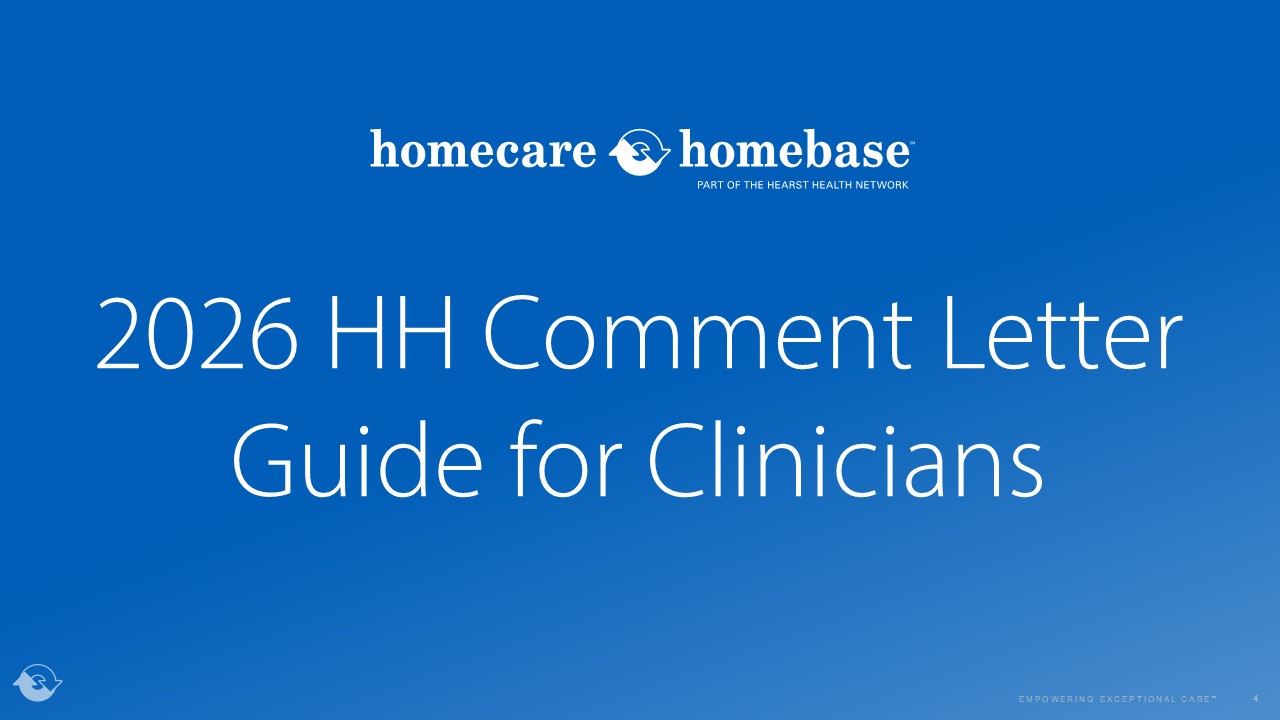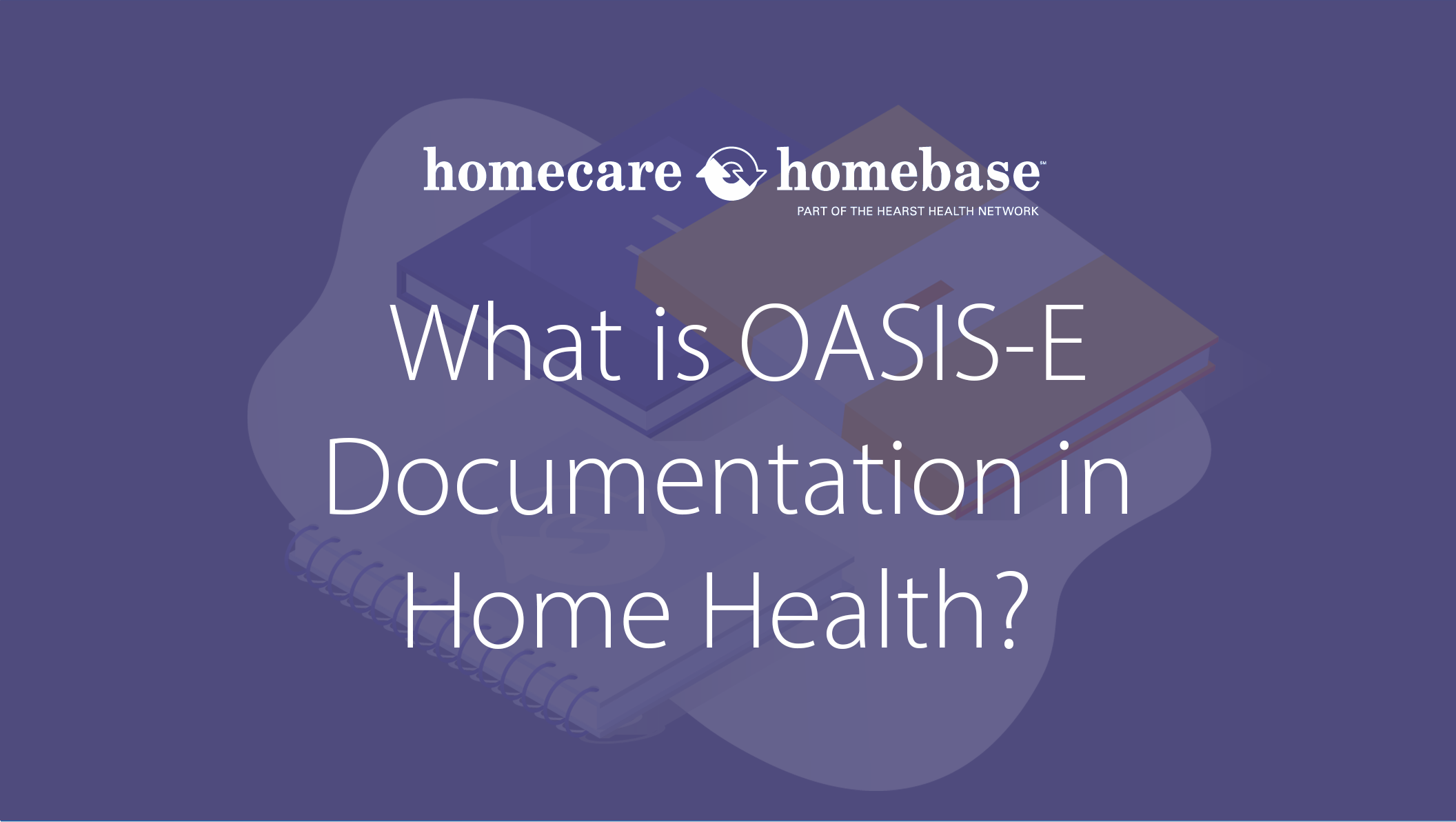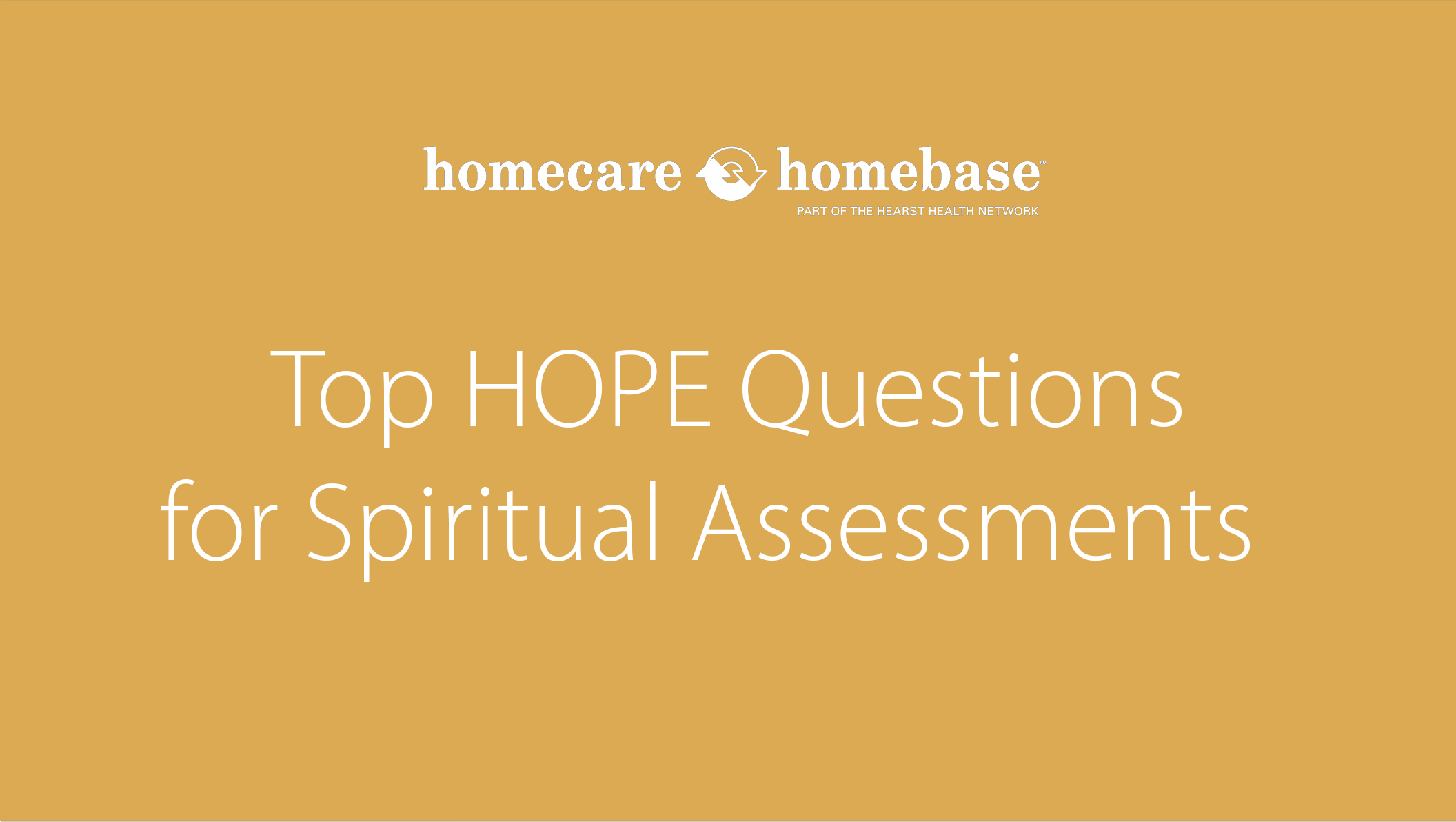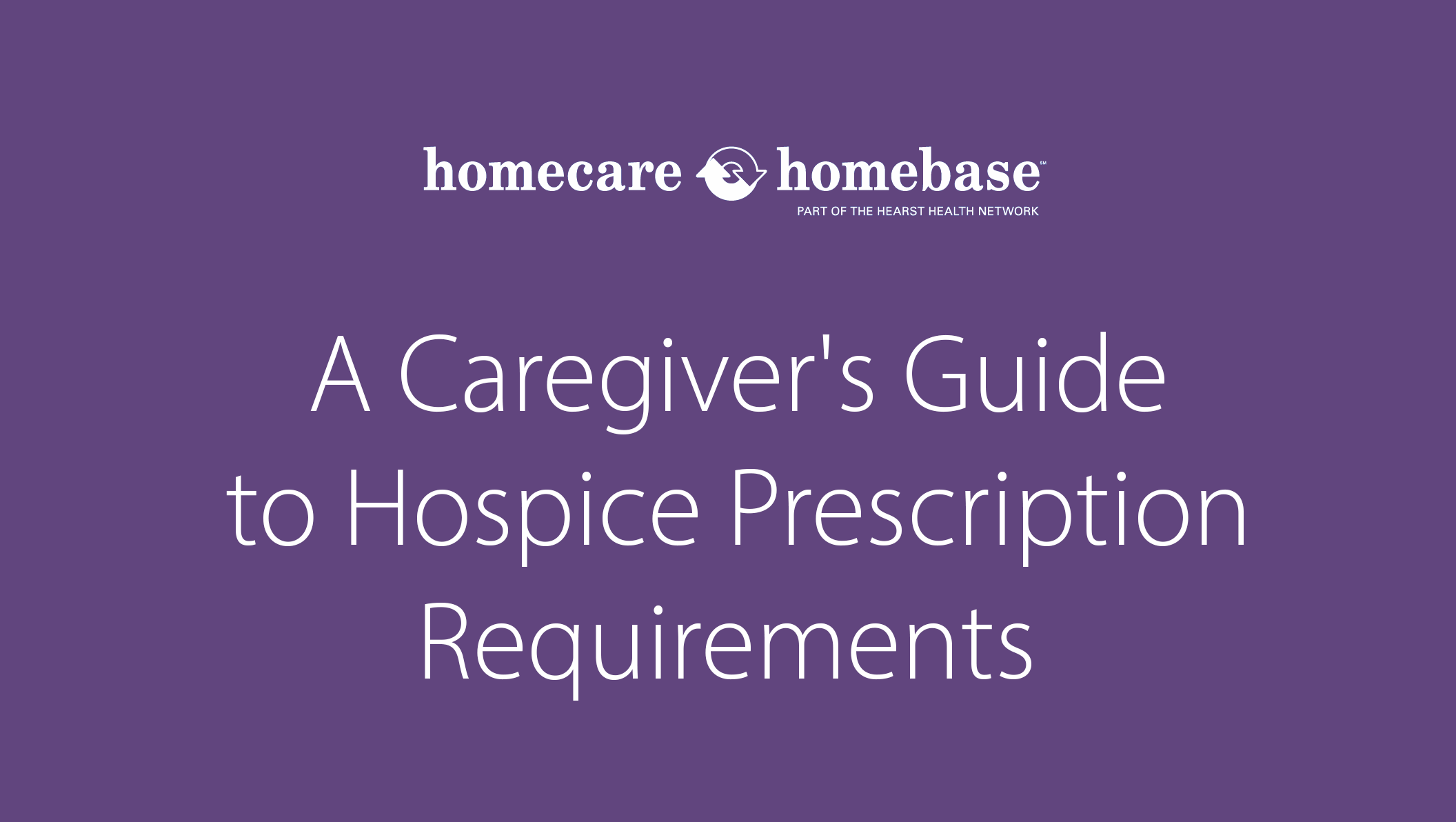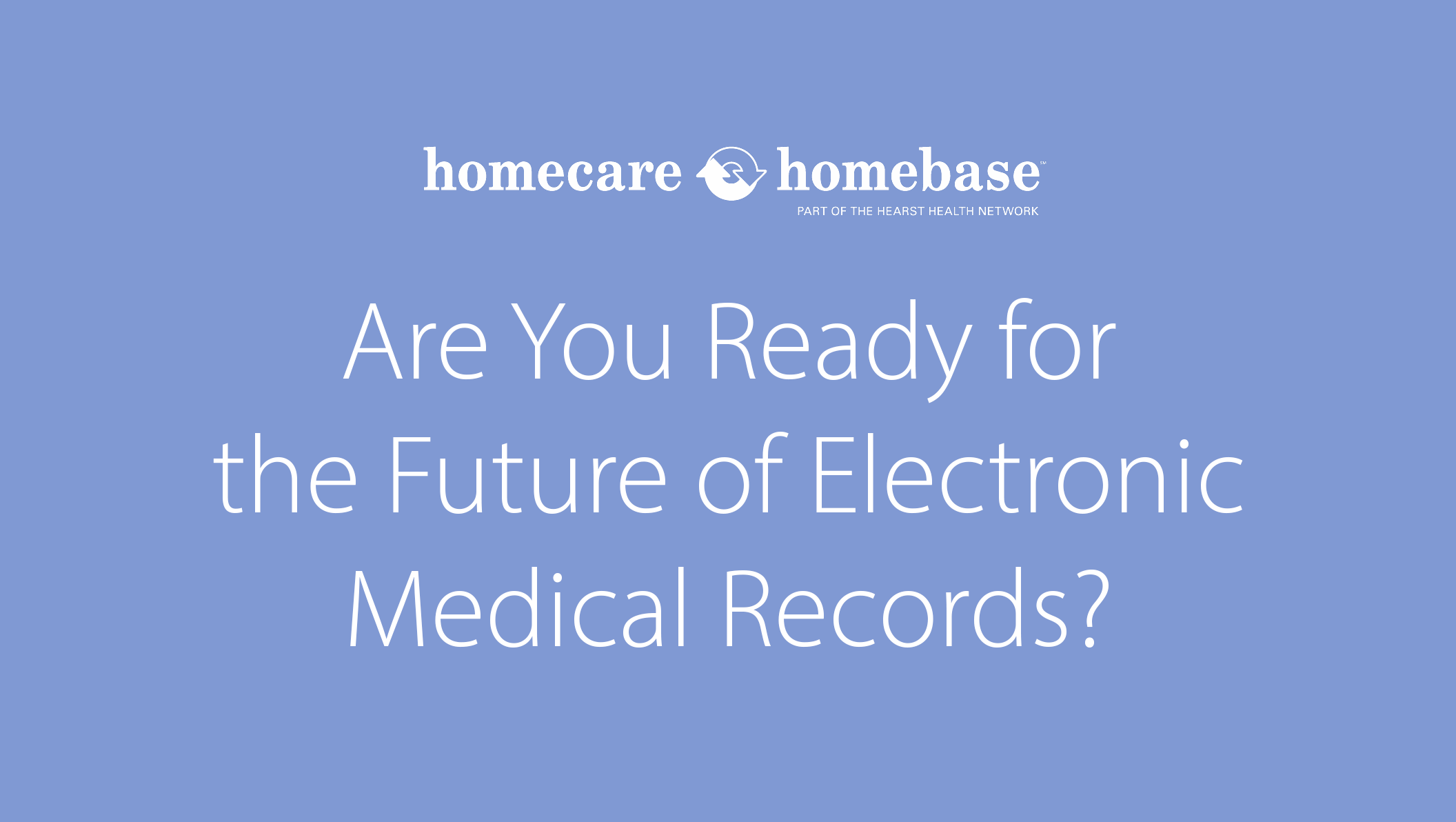Our recent webinar discussed the steps that organizations can take now to prepare reviewers and clinicians for the home health OASIS E deadline. Homecare Homebase, MedBridge, and K&K Health Care Solutions addressed chronic OASIS problem areas as well as considerations to take into account while planning for OASIS E updates. HCHB and MedBridge also covered the steps our organizations are taking to help our customers get ready. Watch the webinar and read on to learn more about:
- Best practices for home health OASIS E training
- Tips to address common OASIS stumbling blocks
- Planning suggestions for implementing training
Our discussion began with a presentation from Cindy Krafft, Owner of K&K Healthcare Solutions. According to Krafft, 75% of OASIS E is not new. Preparation should include determining how to manage OASIS accuracy and empower clinicians with appropriate resources so that they select the correct response the first time.
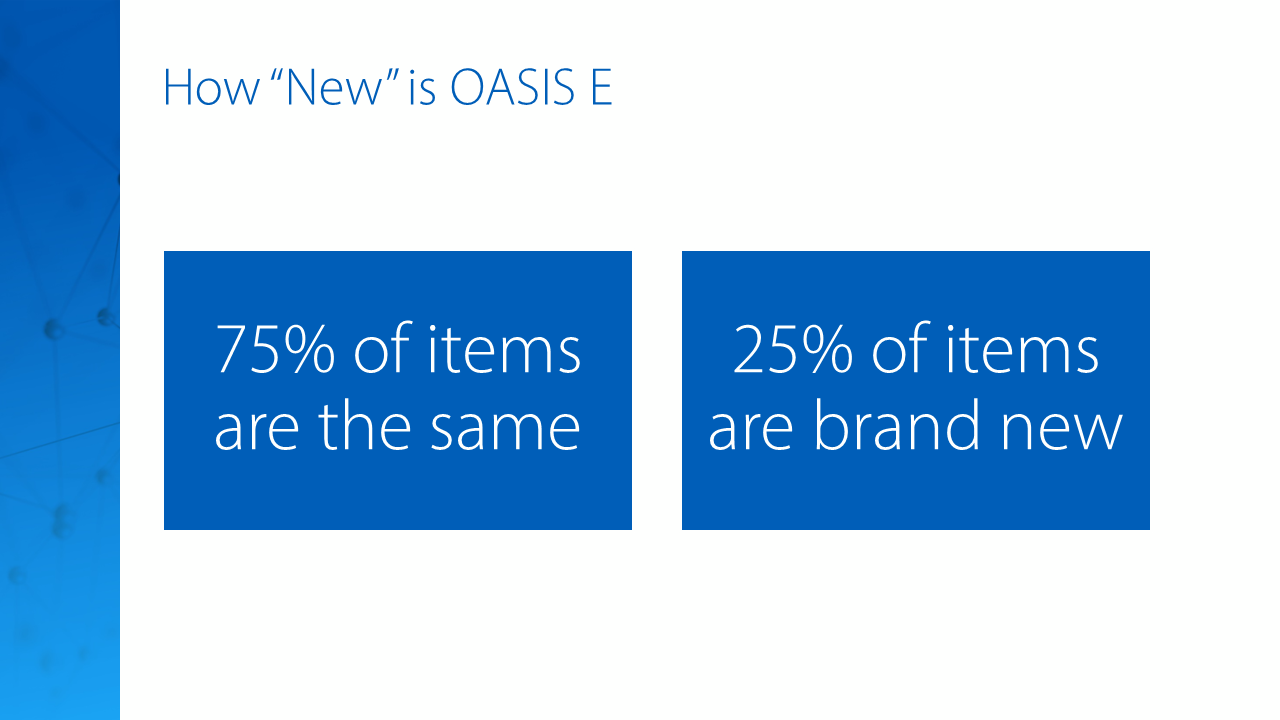
There are 27 new items total from, and OASIS E is organized differently than OASIS D. For more details on the specifics of the new items, watch the webinar and refer to the graphic below.
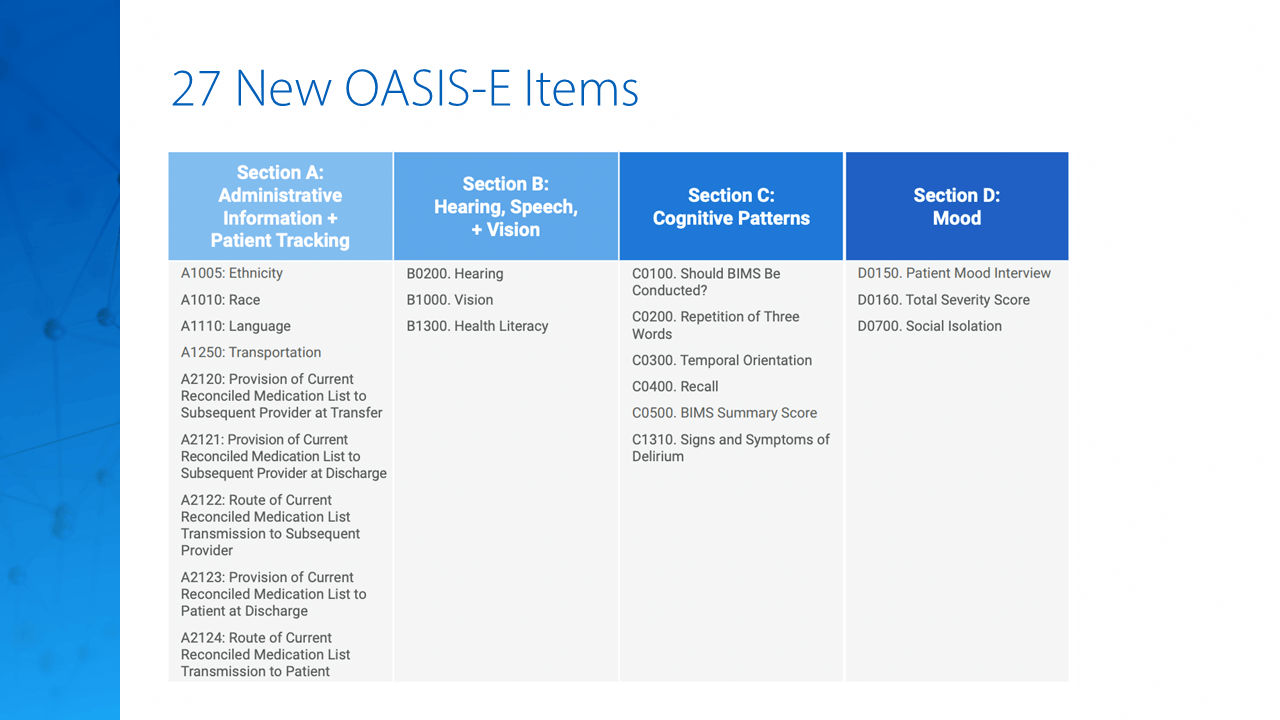

The majority of the new items specifically state that you should read the questions and response options to the patient verbatim, which means that for the clinician, they do not have a lot of new memorization. Instead, devices will need to be relied on during the visit, which has been a problem area for those who prefer not to do so. This leads us into discussion of problem areas.
Preparing for home health OASIS E: addressing past problem areas
Part of our preparation includes addressing past issues. These chronic problem areas include the following:
- Functional assessment – We need to make sure that people really understand this, also as it’s impacting on the GG. The functional assessment needs to reflect whether a patient should be at least supervised during important day to day activities. According to OASIS definitions, supervision is assistance.
- Cognitive Behavioral Issues – This tends to be overlooked because we do not see a clear relationship as we collect the information between those responses and payment, and they are not an outcome measure. However, they do factor in on issues related to risk adjustment, which are all coming over to OASIS E.
- Wounds – This also has all of the same questions in OASIS E as in OASIS D, but we have had some challenges around surgical wounds.
- Medications – We have also had some challenges around medication and current information.
OASIS E key definitions
We must remind ourselves that OASIS questions are for discipline-neutral data collection. It is not a clinical tool or a complete assessment. We have to follow the directions from CMS and make sure that we pay attention to their definitions of “assistance” and “safety”.
We have to understand as clinicians and agencies, if we call something that a patient is doing “independent,” that does not mean that they had a good day. We are saying that they are “safe” and able to do this without outside involvement, and there is no need to put this in the care plan. Similarly, if they don’t need “assistance”, according to CMS, that means they do not need “help, aid or support” in the form of physical assistance, verbal cues, supervision or reminders.
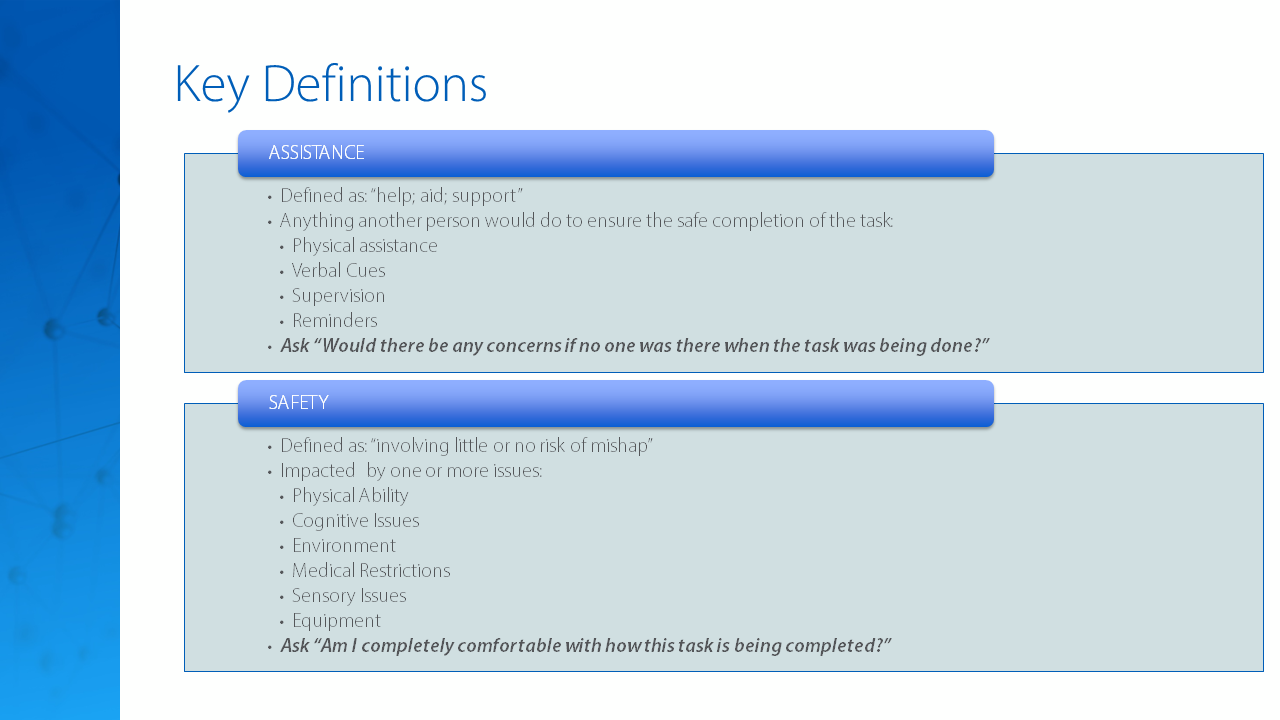
“Independent” is a powerful word. With questions about safety, we have to look at more than just physical ability. We must look at cognitive issues, medical restrictions, and sensory issues.
Consider the Fall Risk Assessment, which is a process measure that is not included in OASIS E. We overwhelmingly report that yes, we do these. As a process measure, if the answer is yes 99% of the time, then it is clearly an established best practice with no need for measurement. This does not mean we can abandon this assessment, however, as this is a huge patient safety issue.
The bottom line is, if we have used a tool and this tool indicates that the patient is at risk for falls, we would want to at least supervise the patient. If this is the case, why would we pick answers that indicate they can do what they want? If we are talking about at least supervision and that is “assistance,” then we must take that information into account when answering OASIS questions.
Empower clinicians and improve review processes
According to Krafft, some of the answers she is seeing indicate that clinicians have given up either because OASIS is too complicated, or they believe reviewers will catch any mistakes and they will just make the change then. We need to put clinicians in the driver’s seat because they are the ones out seeing these patients and need to be focused on the importance of this information. As we prepare for home health OASIS E, we need to do a better job to resolve past issues so that we have better bandwidth for the new items.
When it comes to planning for OASIS E for home health, you have to look at your review process. It is important to have a standardized, reliable response that does not vary by auditor. All reviewers should look at the same questions in the same way and provide consistent information to your clinicians. The job of a good reviewer is to decrease errors, and we want to empower clinicians in order to minimize the corrections process. What is the focus of this review? How are we identifying errors and how are we responding to them?
When it comes to Tracking and Trending, there tends to be a frustration from the review team about errors, who is making them and how many. In this case, it’s important to pull objective information to make sure your team is providing the right education to the right people. We tend to add to the negativity of OASIS by only telling clinicians when they mess up. We can do better by intentionally sharing positive reinforcement.
What contributes to OASIS delays?
Causes for delay tend to fall into three categories:
- Unclear or inconsistent recommendations to the clinician – It is not the learning experience it should be if reviewer feedback is hard to understand.
- Ill-defined expectations – The rush to get the report in contributes to errors and corrections, and some of the exchanges surrounding this are argumentative rather than productive.
- Lack of accountability – Both clinicians and reviewers must own and understand their role in the documentation process in order to prevent the same mistakes from continuing to happen.
How MedBridge and Homecare Homebase can help
At the conclusion of our session, Joseph Brence, Head of Clinical Strategy at MedBridge, discussed their options for preparing for home health OASIS E. MedBridge is the industry expert in approaching education for home health and hospice agencies. The partnership between MedBridge, Homecare Homebase, and K&K Home Care Solutions drives a strategy to ensure your organization is prepared for changes including OASIS E for home health. For more information on MedBridge’s solutions and course series on OASIS E, visit their website.
The Homecare Homebase platform includes tools that help you incorporate OASIS E questions into your visit documentation and evaluate OASIS answers. This data is useful in developing training plans. For more information about HCHB offerings and tools and data tracking around OASIS E, visit our Solutions page and contact us today.


